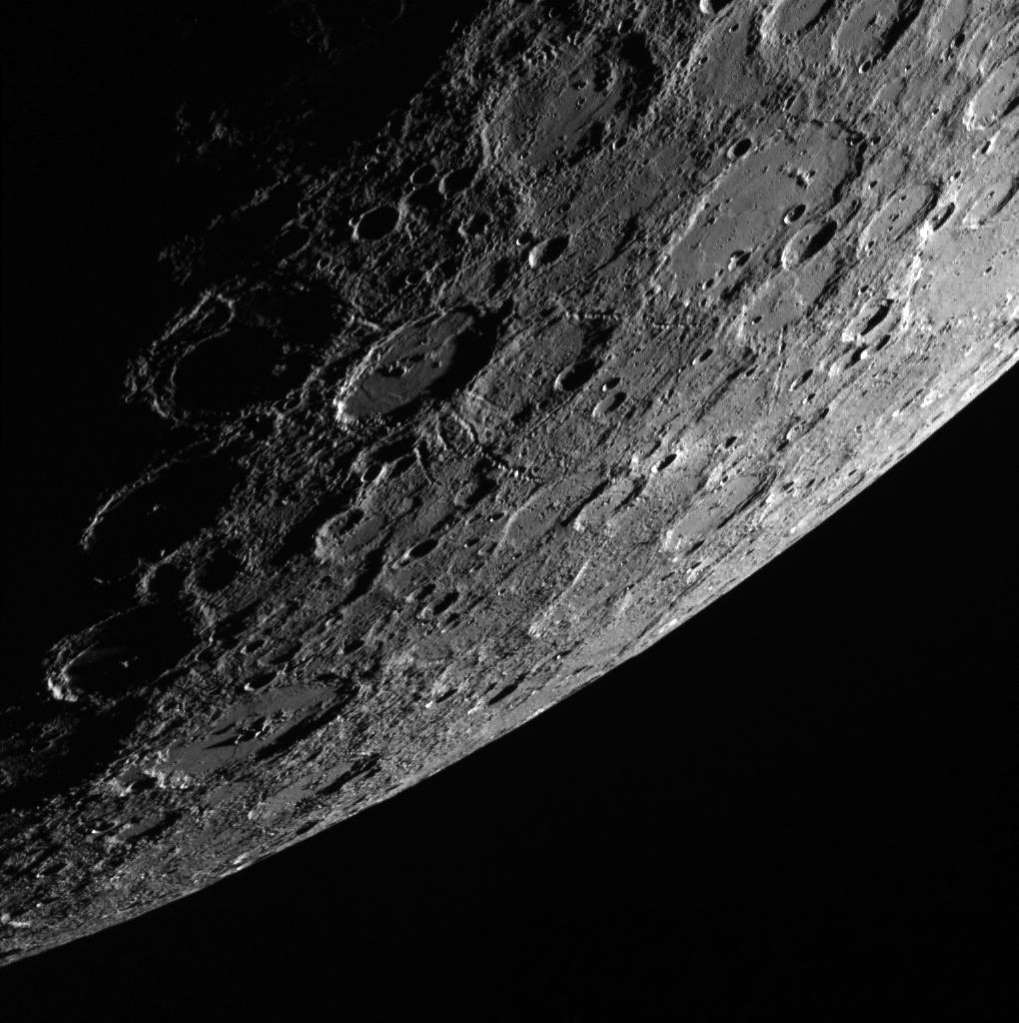March 30, 2018

An international team of astronomers has discovered a new Earth-sized exoplanet, a distant world that could reveal the origin story of Mercury, one of the hottest planets of our solar system.
March 30, 2018

An international team of astronomers has discovered a new Earth-sized exoplanet, a distant world that could reveal the origin story of Mercury, one of the hottest planets of our solar system.
The new planet, dubbed K2-229b, sits some 339 light years away from us and orbits its star — a medium-sized active K dwarf in the Virgo Constellation — every fourteen hours. It’s nearly 20% larger than Earth, but the find doesn’t improve our chances of finding life-support on an alien planet.
This is because K2-229b is far from being in the habitable zone. The planet is located eerily close to its star, approximately a hundredth of the distance between Earth and sun, and makes one hell of a place to live where daytime temperatures going way beyond 2000°C.
An international team of astronomers using the K2 space telescope first spotted the distant world. Essentially, they took a close look at the light emitted from its host star and witnessed regular dimming periods. These dips hinted at the presence of an orbiting body or a planet, which came between the Earth and the distant star from time to time and blocked the light.
The group started employing sophisticated techniques to delve into the specifics of the newly discovered planet. They discovered K2-229b is just a little bigger than Earth, but its mass is two and a half times greater.
The most interesting bit, however, was the similarity between Mercury and the new planet. They both are not only metallic and extremely hot but also carry the same high-level of density.
“Mercury stands out from the other Solar System terrestrial planets, showing a very high fraction of iron and implying it formed in a different way,” University of Warwick’s David Armstrong, one of the members of the team, said in a statement. “We were surprised to see an exoplanet with the same high density, showing that Mercury-like planets are perhaps not as rare as we thought.”
The team now believes further studies revolving around the new planet could help them understand how Mercury and other rare planets like it first came to be. It is also worth noting K2-229b is not orbiting its star alone. The planet is the innermost member of “a system of at least 3 planets, though all three orbit much closer to their star than Mercury," according to Armstrong.
For now, scientists have two hypothesis regarding the past of K2-229b. The first relies on the closeness between the planet and its star and suggests intense solar winds and flares might have evaporated its atmosphere, while the second hints at a more chaotic past where a collision between two massive astronomical bodies would have led to the formation of the planet. This is much like the famous Moon theory which suggests the satellite formed after Earth collided with a body as big as Mars.
The discovery was published in a paper titled "An Earth-sized exoplanet with a Mercury-like composition" in journal Nature Astronomy.
Courtesy/Source: International Business Times
















































































































